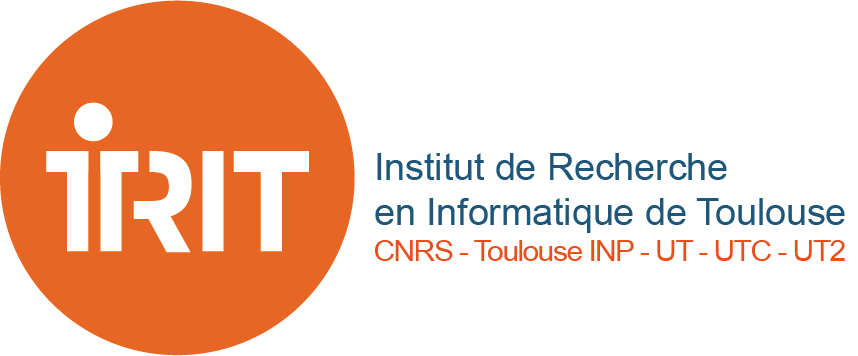Statistical model-based classification to detect patient-specific spike-and-wave in EEG signals
Résumé
Spike-and-wave discharge (SWD) pattern detection in electroencephalography (EEG) is a crucial signal processing problem in epilepsy applications. It is particularly important for overcoming time-consuming, difficult, and error-prone manual analysis of long-term EEG recordings. This paper presents a new method to detect SWD, with a low computational complexity making it easily trained with data from standard medical protocols. Precisely, EEG signals are divided into time segments for which the continuous Morlet 1-D wavelet decomposition is computed. The generalized Gaussian distribution (GGD) is fitted to the resulting coefficients and their variance and median are calculated. Next, a k-nearest neighbors (k-NN) classifier is trained to detect the spike-and-wave patterns, using the scale parameter of the GGD in addition to the variance and the median. Experiments were conducted using EEG signals from six human patients. Precisely, 106 spike-and-wave and 106 non-spike-and-wave signals were used for training, and 96 other segments for testing. The proposed SWD classification method achieved 95% sensitivity (True positive rate), 87% specificity (True Negative Rate), and 92% accuracy. These promising results set the path for new research to study the causes underlying the so-called absence epilepsy in long-term EEG recordings.
| Origine | Fichiers éditeurs autorisés sur une archive ouverte |
|---|
Loading...

